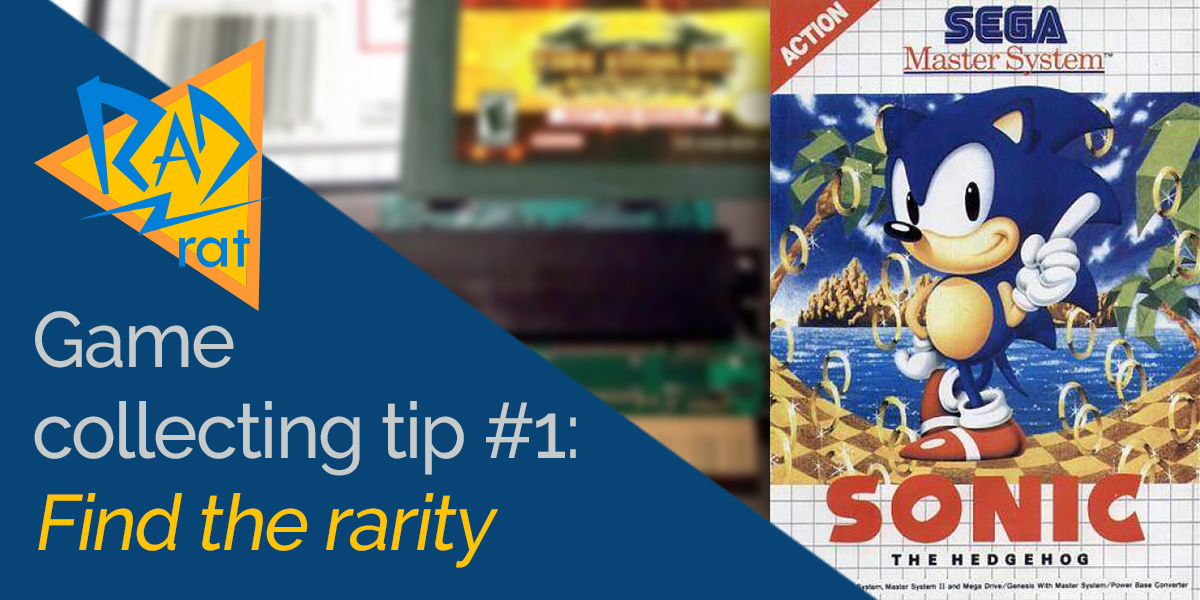
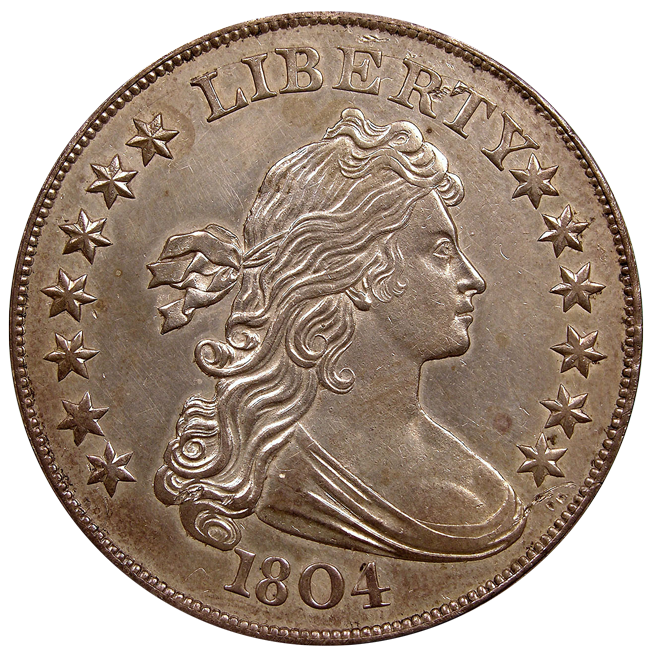
The 1804 dollar is incredibly rare. In 1999, one sold for $4.14 million. Image: Smithsonian
Collecting old games is a very new hobby. It’s only really existed for a little over ten years, and the games being collected are only a few decades old at most. True rarity is still being discovered. Prices of individual pieces rarely cross into four figures.
As both a video game collector and a coin collector, I can see a lot of similarities in the two hobbies. The difference is, coin collecting has been around for hundreds, if not thousands of years. Coins can be worth hundreds of thousands of dollars, and it’s not uncommon for some to go for millions. Decades have been spent developing collecting strategies and researching the market. It would do us all a favor to adapt tried-and-true coin collecting advice to video game collecting.
The First Tip: Find the Rarity
 This is a regular quarter from 1983. It isn’t remarkable in any way. It’s worth a grand total of… You guessed it. 25 cents.
This is a regular quarter from 1983. It isn’t remarkable in any way. It’s worth a grand total of… You guessed it. 25 cents.
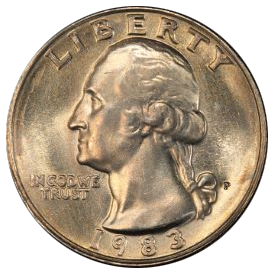
Image: PCGS
Drop it into a vending machine for a fifth of a Snickers bar without regret. The mint made 617,000,000 of them. Chances are, you’ll get another one in your change this week.
Now this on the other hand, is a regular quarter from 1983. It isn’t remarkable, other than being in nicer condition. It’s worth almost a thousand dollars.
Let’s take a look at the price chart for this quarter. The condition of a coin is rated between 1 and 70.
| Grade | 64 | 65 | 66 | 67 |
| Price | $24 | $35 | $120 | $940 |
With this particular coin, a minor difference in grade can mean a huge difference in price. This is known as a conditional rarity. The coin is easy to find, but really hard to find in nice condition.
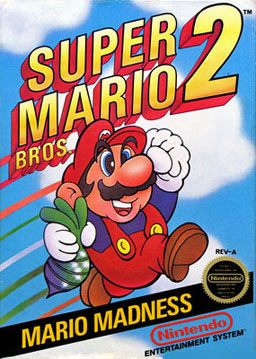
Mario 2. Common everywhere retro games are sold.
Think of some of the standard games you need for your collection, like Super Mario 2. About 7.5 million copies of the game were sold, making it extremely common. Go to any retro game store or convention, and you’ll have plenty of opportunities to take a copy home with you.
But with any game, you can always search out the best possible copy available. Look for the condition rarity. In 20 years when you eventually sell your copy, a pristine boxed copy of the game will be worth many times more than a basic cart-only that you bought at a garage sale. Just checking it off the list cheaply will cost you money in the long run.
Related: Are Graded Games the Future of Collecting?
Of course, there are other ways to find rarity in game collecting, such as label variations. The original release of a game is always more valuable than the Greatest Hits or Player’s Choice version, but there’s more to it.
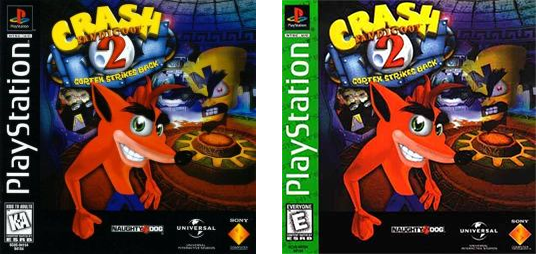
Playstation games are always more valuable with the original black label. Image: Wikipedia
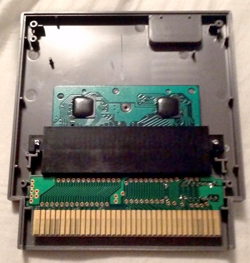
Rare 5-screw cases sometimes contain Famicom converters. Image: jinjabobot
Check out this thread on NintendoAge. A typical NES cartridge will have three screws holding it together, but in some rare cases, they’re put together with five. Sometimes, this can mean that the game is actually a Famicom cartridge with a built-in converter, which necessitated the extra screws.
They also have examples of labels being printed upside down, or the Nintendo Seal of Approval being flipped.
Another collectible label variation is the “Not for Resale” edition. These were sent out to use as demo units in stores, not intended to be sold. Years later, they eventually made their way into the collector hands. Right now, they typically sell for a few dollars more than the standard editions.

“Not for resale” games usually aren’t very rare, but they add interest to a collection. Image: jinjabobot
Will these rare variations ever be worth anything? Time will tell, but it’s a safe bet that they will at least keep their current value, and it’s very likely that they will appreciate faster than standard copies.
Finding Rarity and Challenge
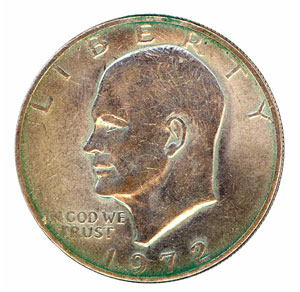
Image: Richard Huber
Small variations and minute details can make a big difference.
This is an Eisenhower, or “Ike” dollar. They’re very common. You probably have one in a drawer somewhere. The mint pumped out millions and millions of these coins as a way to encourage people to use them. Dollar bills last about 18 months on average and dollar coins can last up to 30 years, so it makes financial sense to switch. This is a battle the mint is still fighting.
Anyway, take a look at these two dollars from 1972. See any difference?

Image: PCGS
How about now?
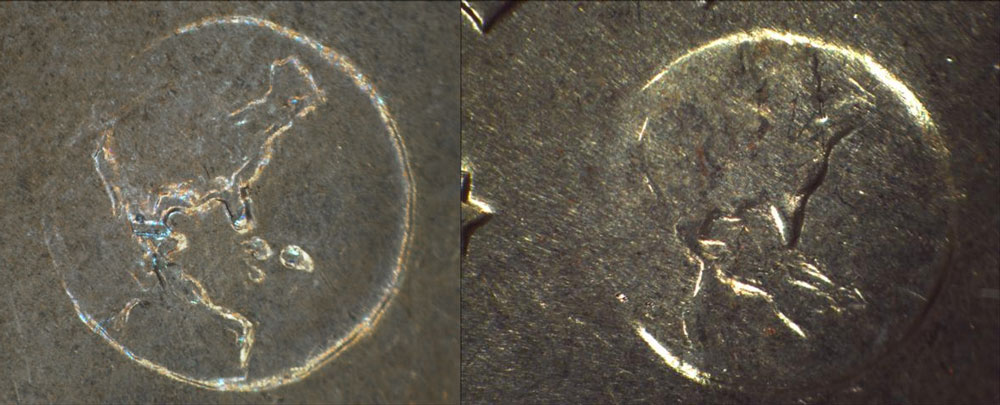
Image: Wikipedia
The islands on Earth are a little bit different. It’s a small variation. One that you might not expect anybody would care about. But the coin on the right is 16 times more valuable.
The Ike dollar was only released from 1971-1978. Accounting for different mint locations and compositions (most are nickel, some are silver), there are 25 total variations to collect for a complete set.
For years, the Ike dollar was completely ignored. The series was really easy to complete, and not very interesting. You could buy all 25 at a coin convention within about an hour of starting.
But then something interesting happened. The Ike Group, a group of fans of the Ike dollar, published a book about the coins, called “Collectible Ike Varieties”, which weighs in at 600 pages. It’s enormous. It goes into extreme detail about all of these issues, finding tons of different versions to collect. Now, a complete collection isn’t 25 coins, it’s more like 100. Many of these small variations are very rare, and worth hundreds of dollars. Interest in the Ike series has been heating up in the past couple years.
 Collectors need some challenge to be interested in a collection. It’s easy to get all of the original Sonic the Hedgehog games. People buy the games because they’re fun to play, but they really aren’t worth anything. So where’s the challenge?
Collectors need some challenge to be interested in a collection. It’s easy to get all of the original Sonic the Hedgehog games. People buy the games because they’re fun to play, but they really aren’t worth anything. So where’s the challenge?
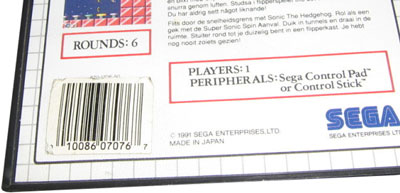
The rare US version UPC sticker. Image: master-system.info
One option is the US version of Sonic the Hedgehog for the Sega Master System. It’s identical to the European version in every way… except one. The case has a bar-code sticker covering up the original European code. It’s significantly more rare. But is the inclusion of a sticker really worth the extra money?
If we learned anything from Ike dollars, then yes. In the future, “Collectible Sonic Varieties” might be written, and interest in them might explode, making rarer versions ‘must-haves’, and driving the prices through the roof.
As a collecting hobby matures, different variations of a collection never get less important. More collectors means more research, more sharing of information, and a more complete outlook on what it means to have ‘every’ Sonic game.
Next time you try to fill a hole in your collection, take a minute. Do some research. Is there a better, more collectible version available? Did that Genesis game come out in a cardboard box version instead? Was there a first edition with a different label design? Is this the version they released after that weird bug was fixed? A few minutes of work up front could mean a much better collection in the future.
